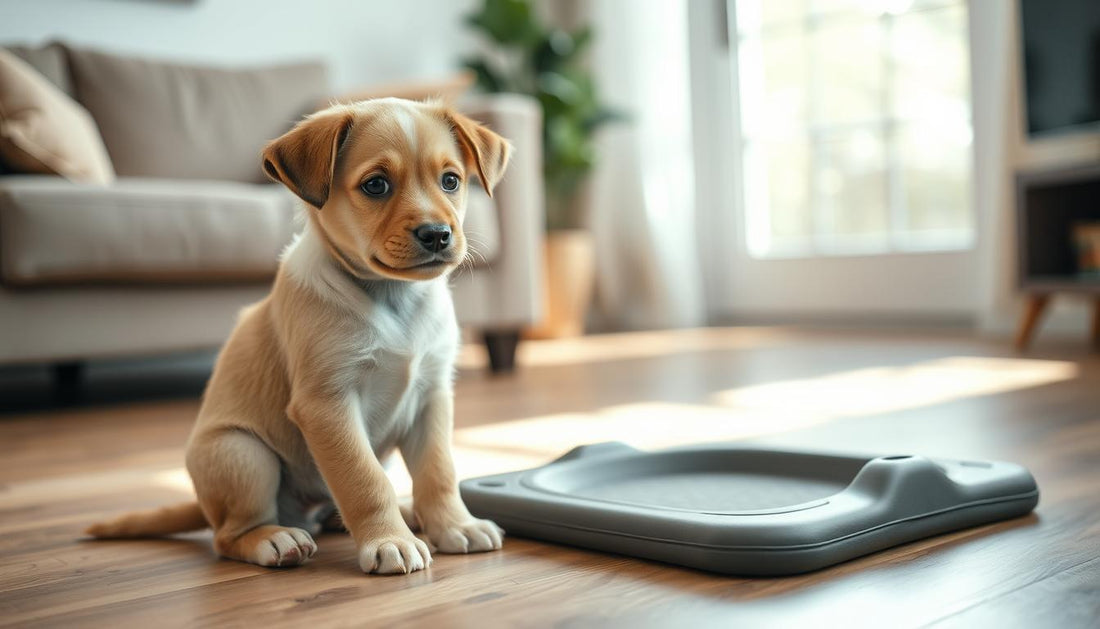Learning how to potty train a puppy is one of the most important first steps in building a happy life together with your new furry family member. House soiling ranks among the top reasons dogs end up in shelters, making successful potty training crucial for a long-lasting relationship. The key to success? Consistency. With the right approach, patience, and routine, you can help your puppy learn where and when to do their business, making life more enjoyable for everyone.
In this comprehensive guide, we'll walk you through proven techniques, common mistakes to avoid, and provide you with all the tools you need to successfully potty train your puppy. Whether you have a tiny Chihuahua or a large Labrador, these principles will help you establish good habits from day one.
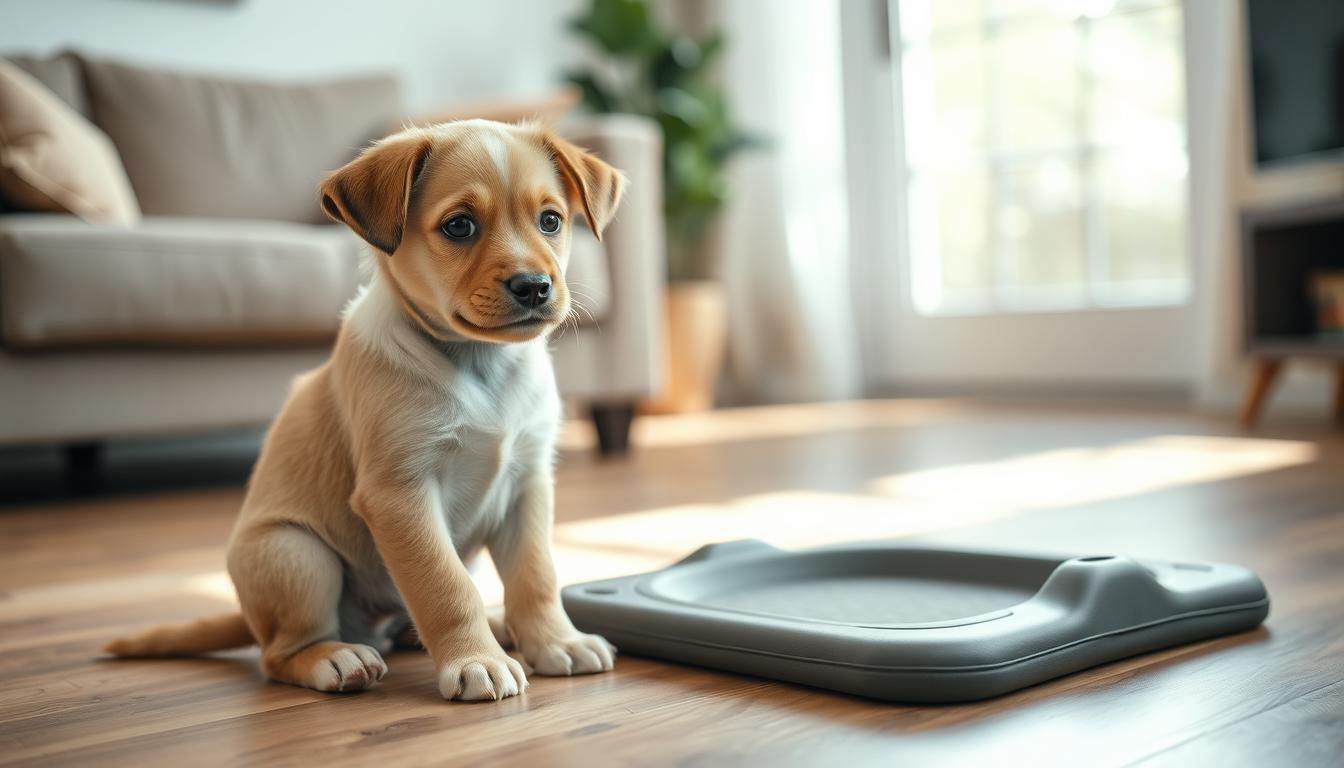
Why Consistency is the Key to Potty Train a Puppy
Puppies thrive on routine and predictability. When you're consistent with your potty training approach, you're essentially speaking a language your puppy can understand. Think of it like teaching a toddler – clear expectations and regular routines make learning easier and faster.
Without consistency, your puppy receives mixed signals. If you let them eliminate indoors sometimes but scold them other times, they'll become confused about what's expected. This confusion leads to more accidents and a longer training period.
Creating a consistent schedule helps your puppy develop bladder control and learn to hold it until they're in an appropriate spot. Your puppy's developing body is learning along with their mind – they physically need to understand when and where elimination happens.
Essential Supplies for Successful Puppy Potty Training
7 Proven Steps to Successfully Potty Train Your Puppy
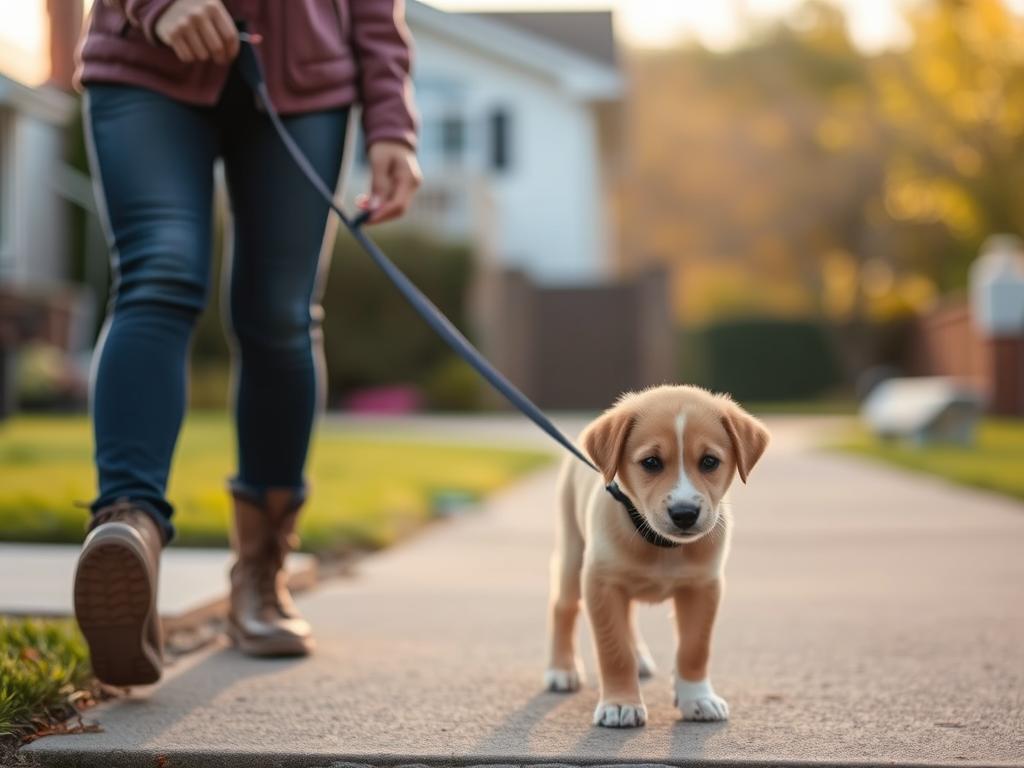
How Crate Training Supports Potty Training Success
Crate training is one of the most powerful tools for successful potty training. Dogs are naturally den animals and instinctively avoid soiling their sleeping area. When used correctly, a crate becomes your puppy's safe space and significantly speeds up the potty training process.
The key is selecting the right size crate – it should be just large enough for your puppy to stand up, turn around, and lie down comfortably. If it's too large, your puppy might use one corner for elimination and sleep in another. Many crates come with dividers that allow you to adjust the space as your puppy grows.
Crate Training Do's
Crate Training Don'ts
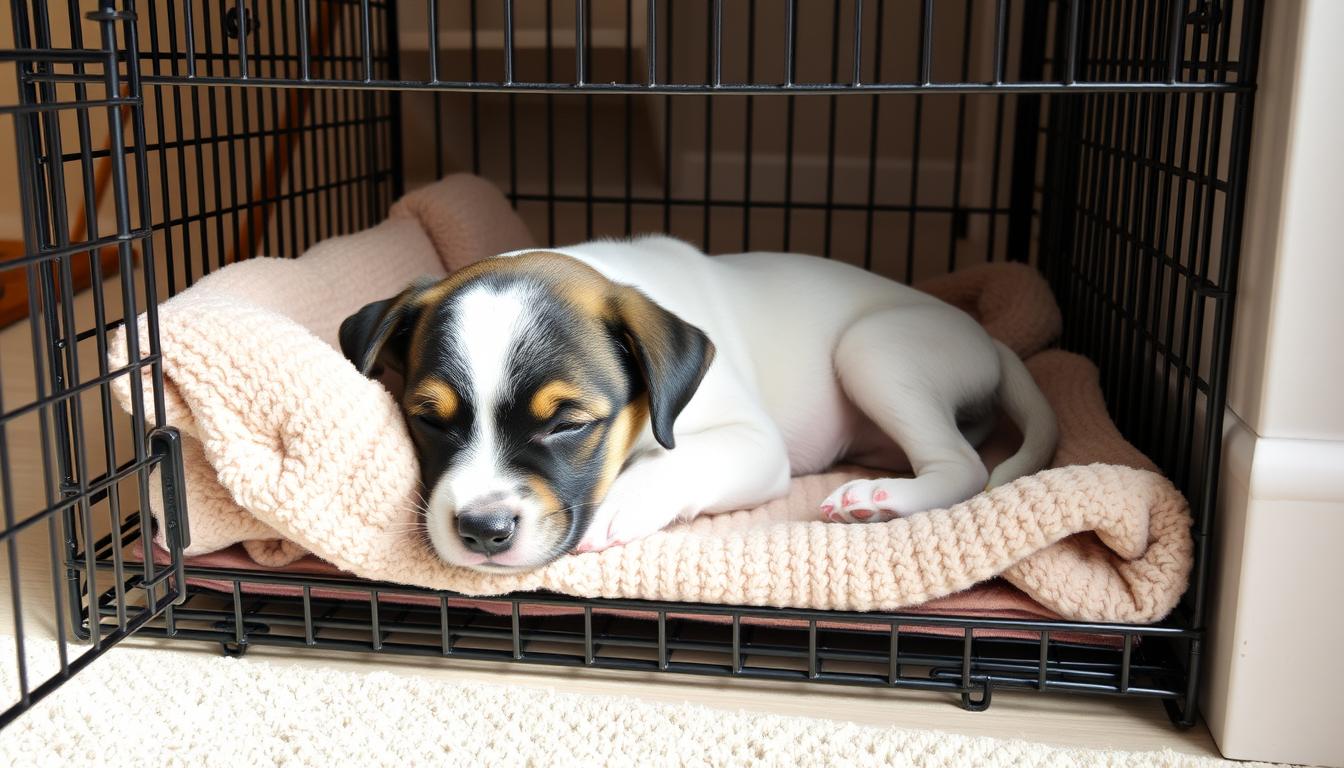
Creating an Effective Potty Training Schedule
A consistent schedule is the foundation of successful potty training. Puppies thrive on routine, and their bodies develop better control when they learn to expect regular opportunities to eliminate. Your schedule should account for your puppy's age, as younger puppies need more frequent breaks.
| Puppy Age | Maximum Hours Between Breaks | Nighttime Expectations |
| 8-10 weeks | 1 hour | May need 1-2 breaks |
| 11-14 weeks | 2 hours | May need 1 break |
| 15-16 weeks | 3 hours | Usually sleeps through |
| 17-20 weeks | 4 hours | Sleeps through night |
| 21-24 weeks | 5 hours | Sleeps through night |
| 6+ months | 6+ hours | Sleeps through night |
A good rule of thumb is that puppies can hold their bladder for approximately one hour per month of age, up to about 8-9 months. However, individual puppies vary, and smaller breeds often need more frequent breaks than larger breeds.
Common Potty Training Mistakes to Avoid
Effective Approaches
- Maintaining a consistent schedule
- Supervise your puppy closely
- Rewarding success immediately
- Cleaning accidents thoroughly with enzymatic cleaners
- Being patient and understanding
Approaches to Avoid
- Punishing accidents after the fact
- Rubbing your puppy's nose in accidents
- Inconsistent feeding and potty break schedules
- Giving too much freedom too soon
- Using regular household cleaners for accidents
Real-life example: Sarah was frustrated when her 12-week-old Beagle kept having accidents despite taking him out frequently. The breakthrough came when she realized she was giving too much praise during potty breaks, causing her puppy to stop mid-stream to get the reward. By waiting until he completely finished before praising, accidents decreased dramatically within days.
Breed-Specific Potty Training Tips
Small Breed Considerations
Small breeds like Chihuahuas, Yorkshire Terriers, and Shih Tzus have smaller bladders and faster metabolisms, requiring more frequent potty breaks. They may struggle more in cold or wet weather and often benefit from indoor options like pee pads as a backup.
Large Breed Considerations
Larger breeds like Labrador Retrievers, German Shepherds, and Golden Retrievers typically have better bladder control and can hold it longer. However, their accidents are bigger and more difficult to clean up completely.

Troubleshooting Potty Training Problems
What if my puppy keeps having accidents in the same spot?
This usually indicates that the spot hasn't been cleaned thoroughly enough. Pet urine contains ammonia, which attracts dogs back to the same location. Use an enzymatic cleaner specifically designed for pet accidents to completely eliminate the odor. You may need to apply it multiple times. Additionally, try changing the purpose of that area by placing food, toys, or bedding there, as dogs typically avoid eliminating where they eat or sleep.
My puppy was doing well but suddenly started having accidents again. What happened?
This regression is common and can happen for several reasons:
- Health issues: Urinary tract infections or digestive problems can cause sudden accidents. Consult your vet if this behavior appears suddenly.
- Growth spurts: As puppies grow, their bladder control can temporarily regress.
- Schedule changes: Even minor changes to your routine can disrupt your puppy's potty schedule.
- Environmental changes: New people, pets, or moving to a new home can cause stress-related accidents.
Return to basics with more frequent potty breaks and closer supervision until the regression passes.
My puppy eliminates in their crate. How do I stop this?
This usually happens for one of these reasons:
- The crate is too large (add a divider to reduce space)
- Your puppy is being left too long (increase break frequency)
- Your puppy came from a situation where they had to eliminate in their living space (pet store, shelter)
Clean the crate thoroughly with enzymatic cleaner, adjust the size if needed, and try feeding your puppy in the crate to reinforce it as a living space, not a bathroom. If the problem persists, consult with a professional trainer.
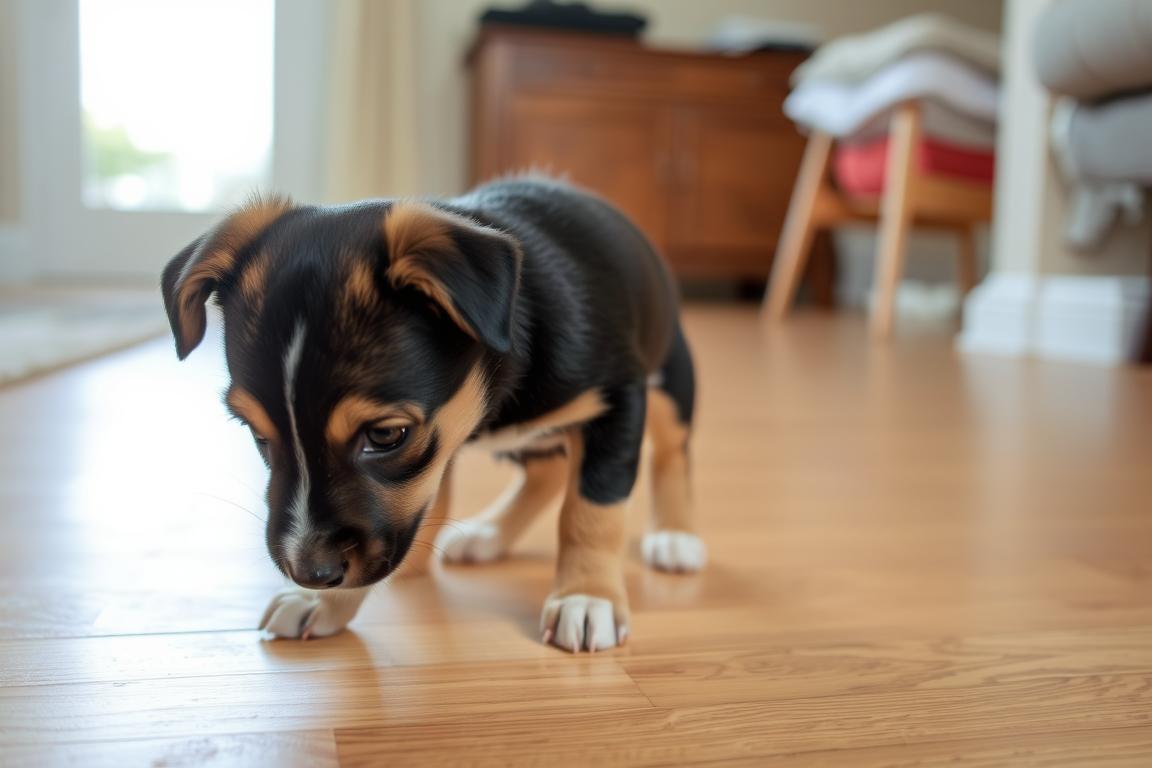
Recommended Supplies for Effective Potty Training
Adjustable Dog Crate
An adjustable crate with a divider panel is essential for proper potty training. It allows you to provide just enough space for comfort without giving your puppy room to eliminate in one corner and sleep in another.
- Wire construction for visibility and airflow
- Divider panel to adjust size as puppy grows
- Easy-clean removable tray
Enzymatic Cleaner
Regular household cleaners won't eliminate the scent markers that attract puppies back to accident spots. Enzymatic cleaners break down the waste compounds completely, removing both stains and odors.
- Specifically formulated for pet waste
- Breaks down urine and fecal matter completely
- Safe for most flooring and fabrics
Training Treats
Small, soft treats are perfect for immediate rewards during potty training. They should be enticing enough to motivate your puppy but small enough to avoid overfeeding during frequent training sessions.
- Small, soft pieces for quick consumption
- High-value flavor to motivate your puppy
- Easy to carry in a pocket or treat pouch
Frequently Asked Questions About Puppy Potty Training
How long does it take to potty train a puppy?
Most puppies can be reliably potty trained between 4-6 months of age, but individual puppies vary greatly. Small breeds typically take longer than larger breeds. Consistency is the biggest factor affecting training speed. With diligent training, some puppies show reliable habits within a few weeks, while others may take 6 months or more to be fully trustworthy.
Should I use puppy pads or go straight to outdoor training?
This depends on your living situation and schedule. Outdoor training from the start is ideal if you:
- Have easy access to a suitable outdoor area
- Can take your puppy out frequently (every 1-2 hours initially)
- Want to avoid confusion about where elimination is appropriate
Puppy pads can be helpful if you:
- Live in a high-rise apartment far from outdoor areas
- Have a work schedule that makes frequent outdoor breaks difficult
- Live in an area with extreme weather conditions
- Have a very young puppy with limited bladder control
If you start with pads, have a transition plan to outdoor training to avoid long-term indoor elimination habits.
What if my puppy seems to regress after making progress?
Regression is normal during potty training. Common causes include:
- Health issues: Rule out UTIs or digestive problems with a vet check
- Developmental stages: Puppies may temporarily lose focus during teething or fear periods
- Environmental changes: New people, pets, or homes can disrupt training
- Schedule inconsistency: Changes to feeding or potty break routines
The solution is usually to go back to basics: more frequent potty breaks, closer supervision, and reinforcing the routine. Most regressions are temporary if you remain consistent.
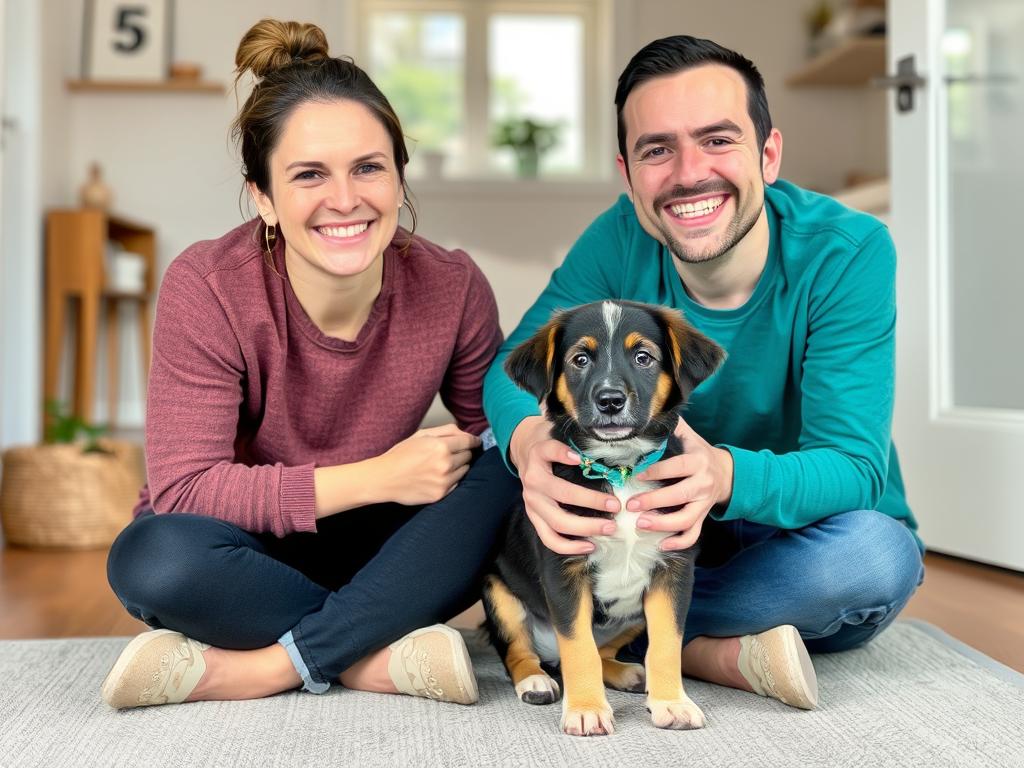
Conclusion: Patience and Consistency Win the Potty Training Game
Successfully learning how to potty train a puppy requires patience, consistency, and understanding. Remember that accidents are part of the learning process, not failures. Every puppy learns at their own pace, and your consistent guidance is the key to their success.
By establishing a regular schedule, using proper supervision and confinement, rewarding success, and handling accidents appropriately, you're setting your puppy up for a lifetime of good habits. The effort you invest now will pay dividends for years to come in the form of a well-trained companion and a clean, pleasant home.
Keep in mind that potty training is just one aspect of raising a well-adjusted dog. The communication and trust you build during this process will strengthen your bond and make all future training easier. Stay positive, be patient with both your puppy and yourself, and celebrate the small victories along the way.


